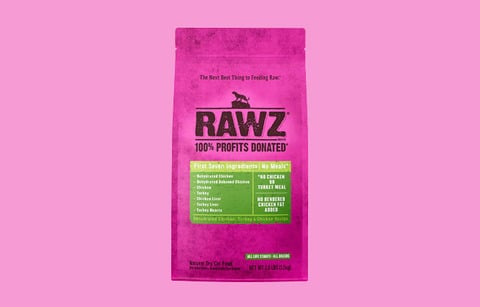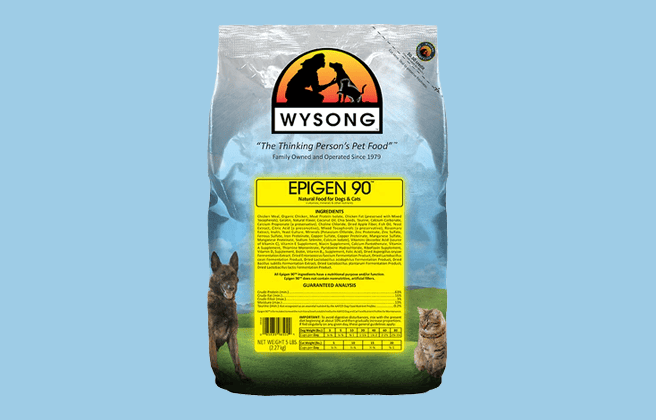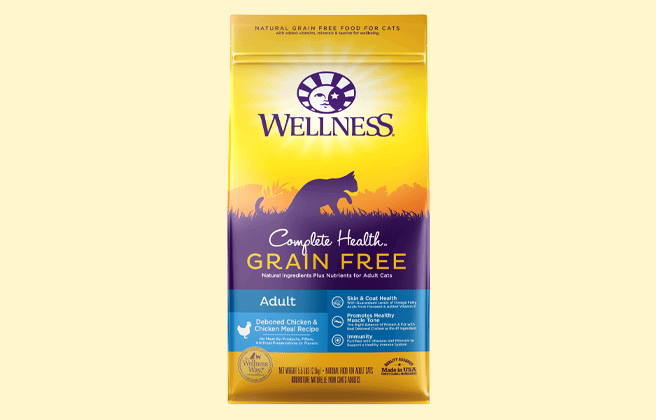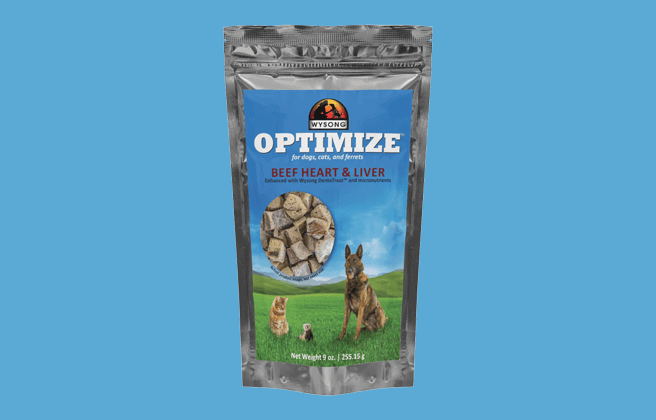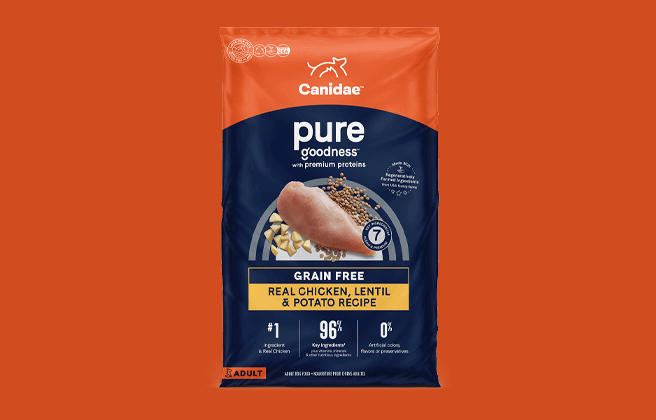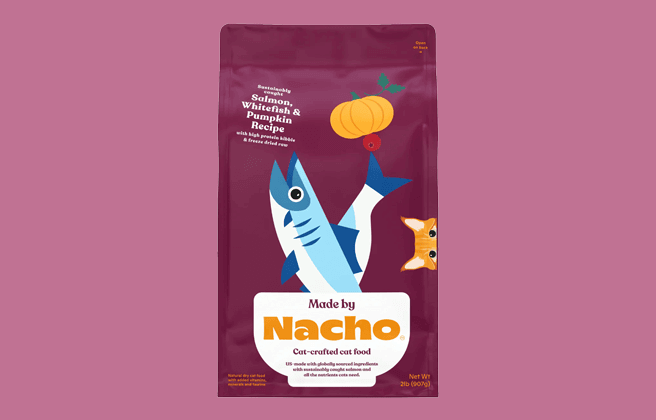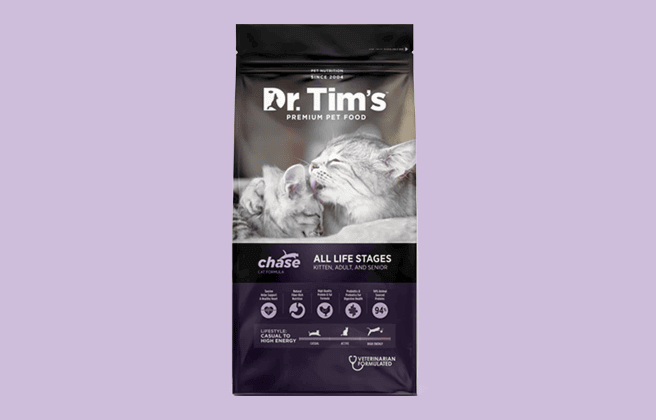
Our Verdict
Dr. Tim’s dry cat food is made of one recipe which receives the Cat Food Advisor rating, 4 stars
Chase offers good levels of protein and includes animal protein, along with omega 3. Carbohydrates are low, although fat content is high. It is designed for cats of all life stages.
Pros
- High in protein
- Includes animal protein
- Low in carbohydrate
- Contains Omega 3
Cons
- High in fat content
- Low in moisture
- Limited range
The table below shows each recipe in this range including our rating and the AAFCO nutrient profile: Growth (kitten), Maintenance (adult), All Life Stages, Supplemental or Unspecified.
| Product line | Rating | AAFCO |
|---|---|---|
| Dr Tim's Chase | 4 | A |
Save up to 35%
with Autoship
See discount in cart
Recipe and Label Analysis
The Dr. Tim’s Chase dry cat food includes just one product
Dr Tim’s dry cat food - Chase recipe
Estimated Dry Matter Nutrient Content
Protein
Fat
CarbsCarbohydrates
Chicken meal, brown rice, chicken fat (preserved with mixed tocopherols), egg product, catfish meal, dried porcine plasma, ground whole flaxseed, dried plain beet pulp, chicken liver, menhaden fish oil (preserved with mixed tocopherols), natural flavor, salt, rice bran, lecithin (sunflower derived), vitamins (vitamin e supplement, l-ascorbyl-2-polyphosphate, biotin, niacin supplement, D-calcium pantothenate, riboflavin supplement, vitamin A supplement, thiamine mononitrate, pyridoxine hydrochloride, vitamin D3 supplement, vitamin B12 supplement, folic acid), potassium chloride, dl-methionine, l-lysine, minerals (zinc methionine complex, zinc sulfate, iron proteinate, ferrous sulfate, copper proteinate, copper sulfate, zinc proteinate, manganese proteinate, sodium selenite, manganous oxide, calcium iodate), dried kelp, taurine, dried chicory root (source of inulin), choline chloride, psyllium seed husk, yucca schidigera extract, dried carrots, dried celery, dried beets, dried parsley, dried lettuce, dried watercress, dried spinach, lactobacillus acidophilus fermentation product dehydrated, lactobacillus casei fermentation product dehydrated, bifidobacterium thermophilum fermentation product dehydrated, enterococcus faecium fermentation product dehydrated, l-carnitine, dried bacillus coagulans fermentation product.
Fiber (estimated dry matter content) = 3.3%
Red denotes any controversial items
Ingredients Analysis
The first ingredient is chicken meal. Chicken meal is considered a meat concentrate and contains nearly 300% more protein than fresh chicken.
The second ingredient is brown rice, a complex carbohydrate that (once cooked) can be fairly easy to digest. However, aside from its natural energy content, rice is of only modest nutritional value to a cat.
The third ingredient is chicken fat. Chicken fat is obtained from rendering chicken, a process similar to making soup in which the fat itself is skimmed from the surface of the liquid.
Chicken fat is high in linoleic acid, an omega-6 fatty acid essential for life. Although it doesn’t sound very appetizing, chicken fat is actually a quality ingredient.
The fourth ingredient is egg product, an unspecified (wet or dry?) form of shell-free eggs. Quality can vary significantly. Lower grade egg products can even come from commercial hatcheries – from eggs that have failed to hatch.
In any case, eggs are easy to digest and have an exceptionally high biological value.
The fifth ingredient is catfish meal. Because it is considered a meat concentrate, fish meal contains almost 300% more protein than fresh fish itself.
Fish meal is typically obtained from the “clean, dried, ground tissue of undecomposed whole fish and fish cuttings” of commercial fish operations. 1
The sixth ingredient is dried porcine plasma. Plasma is what remains of blood after the blood cells themselves have been removed. Plasma can be considered a nutritious addition.
The seventh ingredient is ground whole flaxseed, one of the best plant sources of healthy omega-3 fatty acids. Provided they’ve first been ground into a meal, flax seeds are also rich in soluble fiber.
However, flaxseed contains about 19% protein, a factor that must be considered when judging the actual meat content of this cat food.
The eighth ingredient is dried plain beet pulp. Beet pulp is a controversial ingredient, a high fiber by-product of sugar beet processing.
Some denounce beet pulp as an inexpensive filler while others cite its outstanding intestinal health and blood sugar benefits.
We only call your attention here to the controversy and believe the inclusion of beet pulp in reasonable amounts in most cat foods is entirely acceptable.
From here the list goes on to include a number of other items. But to be realistic, ingredients located this far down the list (other than nutritional supplements) are not likely to affect the overall rating of the product.
Save up to 35%
with Autoship
See discount in cart
Nutrient Analysis
Based on its ingredients alone, Dr Tim’s Chase dry cat food recipe looks like an above-average dry product.
The dashboard displays a dry matter protein reading of 41.1%, a fat level of 24.4% and an estimated carbohydrate level of 26.4%.
The recipe has above-average protein content of 41.1% and an above-average fat level of 24.4%. Together these figures suggest a carbohydrate content of 26.4% alongside a fat to protein ratio of 59%.
Final Word
Dr. Tim’s Chase dry cat food caters for all life stages. It has some good ingredients such as animal protein and omega 3. It provides a good choice of diet.
Has Dr. Tim's cat food been recalled in the past?
No. Dr. Tim’s cat food has no history of product recalls.
You can view a complete list of all cat food recalls since 2021 here.
To stay on top of any cat food product recalls, sign up for our free email alerts, here.
About
The Dr. Tim’s was founded by Dr. Tim Hunt in Michigan’s Upper Peninsula in 2004. It is a family-owned and operated company. The food production is outsourced to Alphia Foods in Kansas. The recipes are formulated by Dr. Tim using his 25 years of veterinary experience.
Most of the brand’s ingredients are sourced from the United States. Some fats and nutrient supplements though are sourced internationally from countries such asFrance, Norway, and Germany. All the salmon that Dr. Tim’s uses in its pet foods is wild-caught in Alaska.
Best cat foods
We uphold the highest editorial standards when creating the authoritative content pet parents rely on and trust.
Every piece of clinical content on the Cat Food Advisor is reviewed by our certified Veterinary Advisory Board, which consists of licensed veterinarians and medically certified specialists.
Our reviews are completely independent; we are not paid by any pet food company to promote their products favorably. We do not accept money, gifts, samples or other incentives in exchange for special consideration. For more information see our Disclaimer & Disclosure page.






